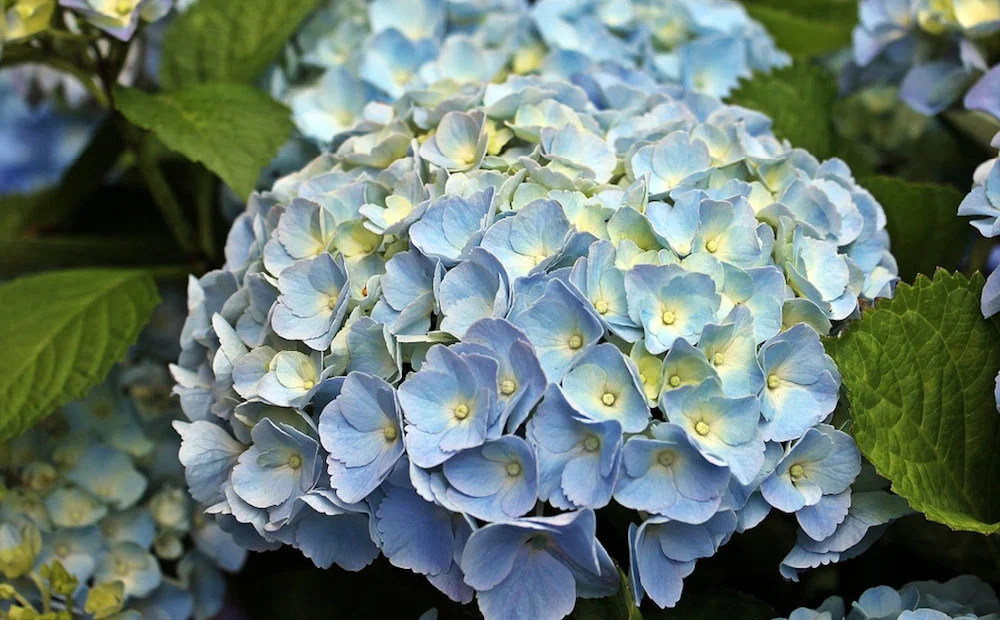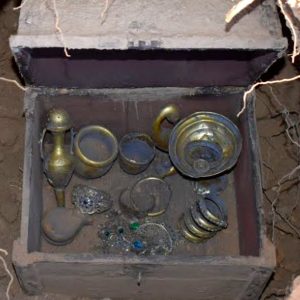Blue is a popular hue for gardeners. The trend to use blue flowers, like hydrangeas, is growing. However, there’s a bit of study and planning before attempting to make hydrangeas turn blue.
Aluminum Sulfate and Soil pH – Opt for Balance
Soil, as every gardener knows, affects the end result of the appearance of flowers and other blooms. Hydrangeas are white clusters that grow into shrubs about six feet in height and three to four feet in width, depending on available growing room.
Hydrangeas make a lovely addition to a garden when they are treated with aluminum sulfate to turn the white clusters of flowers into a glorious blue color.

In a Growing Wisdom, YouTube video, David Epstein provides instructions on how to make hydrangeas turn blue and suggests a pH soil test.
Soil testers can be purchased from any local garden center and are of great value in maintaining the adequate pH needed to turn hydrangeas blue. Aluminum sulfate is also sold in garden centers in two to three pound packages for regular use.

Soil pH for Hydrangeas
Hydrangeas love an acidic soil with a pH level of five to seven. This provides the acidic balance needed to keep hydrangeas healthy. By adding aluminum sulfate to soil, the chemical reaction of aluminum sulfate in soil with a five to seven level of pH turns flowering hydrangeas a lovely shade of blue.

How to Apply Aluminum Sulfate to Hydrangeas
The best way to apply aluminum sulfate to hydrangeas is to following the instructions on the package. In most cases, the aluminum sulfate is applied to the soil around the base of the hydrangea plant.

Don’t forget to turn the soil lightly with gardening fork so that the chemical reaction is worked more deeply into the soil. For a darker blue hue, add aluminum sulfate several weeks after the first application. Check the pH level before adding a second application.





